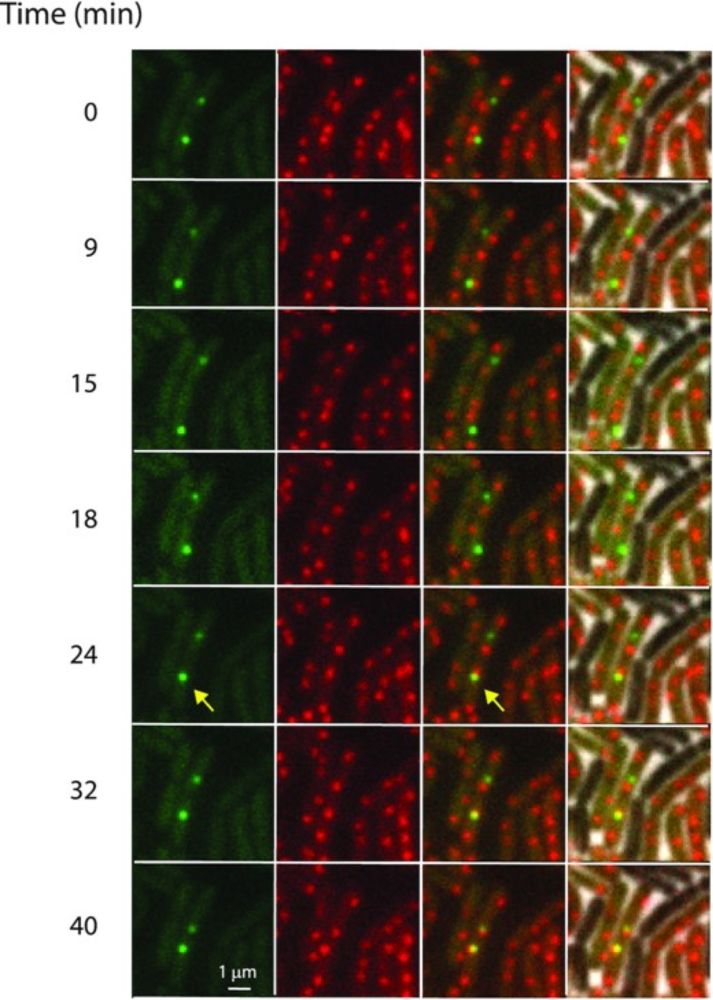Saria McKeithen-Mead, PhD
@sciria.bsky.social
1.1K followers
130 following
14 posts
HHMI Hanna Gray Fellow at Stanford University in KC Huang's Lab | PhD @ MIT Biology in Grossman Lab | Exploring mechanisms driving horizontal gene transfer in the human gut microbiome | 🏳️🌈🍸🥘⛺
Posts
Media
Videos
Starter Packs
Reposted by Saria McKeithen-Mead, PhD
Reposted by Saria McKeithen-Mead, PhD
Reposted by Saria McKeithen-Mead, PhD







